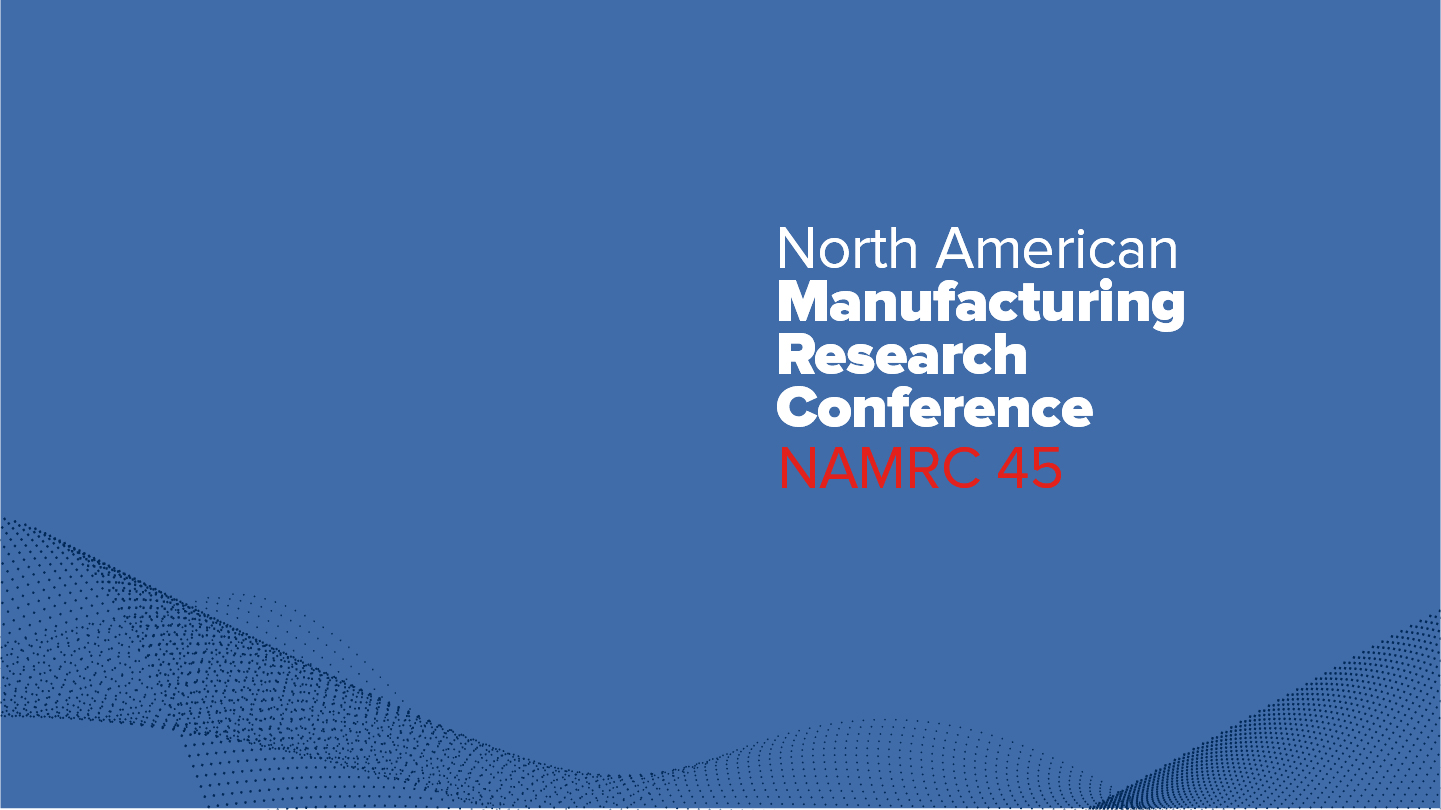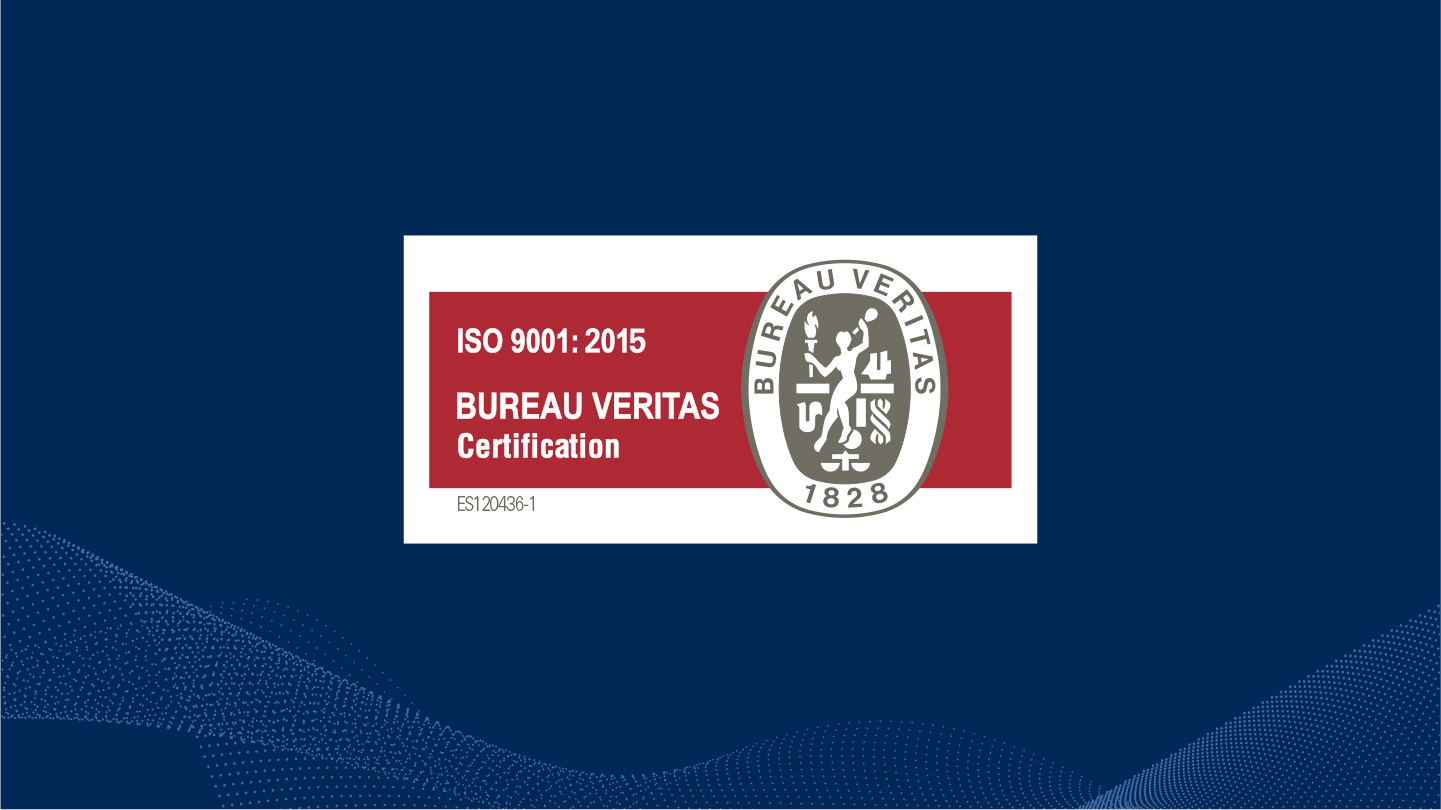.png)
27.06.2017 | Event
Javier Díaz, IIoT Team Leader for Plethora IIoT, participated from June 4-8 at the 45th edition of the prestigious North American Manufacturing Research Conference (NAMRC 45).
The event, organized by the The American Society of Mechanical Engineers and the Society of Manufacturing Engineers, took place at the Viterbi School of Engineering at the University of Southern California (USC), in Los Angeles. Before an expert audience from the world of business, research and academia, Díaz gave a conference entitled “Machine learning-based CPS for clustering high throughput machining cycle conditions”.
The research paper, which will be published in the upcoming months, focuses on testing various algorithms for knowledge discovery applications with real machine data, making it possible to come to new knowledge for the analysis and operational improvement of machines.
As the article’s abstract reads:
“Cyber-physical systems (CPS) have opened up a wide range of opportunities in terms of performance analysis that can be applied directly to the machine tool industry and are useful for maintenance systems and machine designers. High-speed communication capabilities enable the data to be gathered, pre-processed and processed for the purpose of machine diagnosis. This paper describes a complete real-world CPS implementation cycle, ranging from machine data acquisition to processing and interpretation. In fact, the aim of this paper is to propose a CPS for machine component knowledge discovery based on clustering algorithms using real data from a machining process. Therefore, it compares three clustering algorithms —k-means, hierarchical agglomerative and Gaussian mixture models— in terms of their contribution to spindle performance knowledge during high throughput machining operation.” Javier Díaz NAMRC 45 is the leading international forum for applied research and industrial applications in fabrication and design.
The 2017 conference calendar featured key-note addresses, technical presentations, expert panels and an exhibition of industry partners, amongst other activities. Events of this profile enable Plethora IIoT to ensure it is fully engaged with the main and most recent advances in the sector. They also provide the opportunity for highly valuable feedback from fellow participants.
Mr. Díaz’s lecture shared the stage with other prestigious presentations, dealing with the importance of augmented reality for mechanized processes, for example, or presenting the James Webb Space Telescope, created by NASA together with Northrop Grumman, and conceived to be the replacement of the mythical Hubble.
The presence of Plethora IIoT at NAMRC 45 makes it possible to be in direct contact with the sector’s cutting edge, exchanging advances related to our solution. This visibility also serves to raise and consolidate Plethora IIoT’s range of professional contacts. A Historical Setting NAMRC 45 could not have been held in a more prestigious setting than the Viterbi School of Engineering.
The school is named after Andrew Viterbi, the 1967 inventor of the Viterbi algorithm. A half a century later, the algorithm is still used for error correction codes in cell phones, as well as in voice recognition systems and predictive text, amongst other functions.



